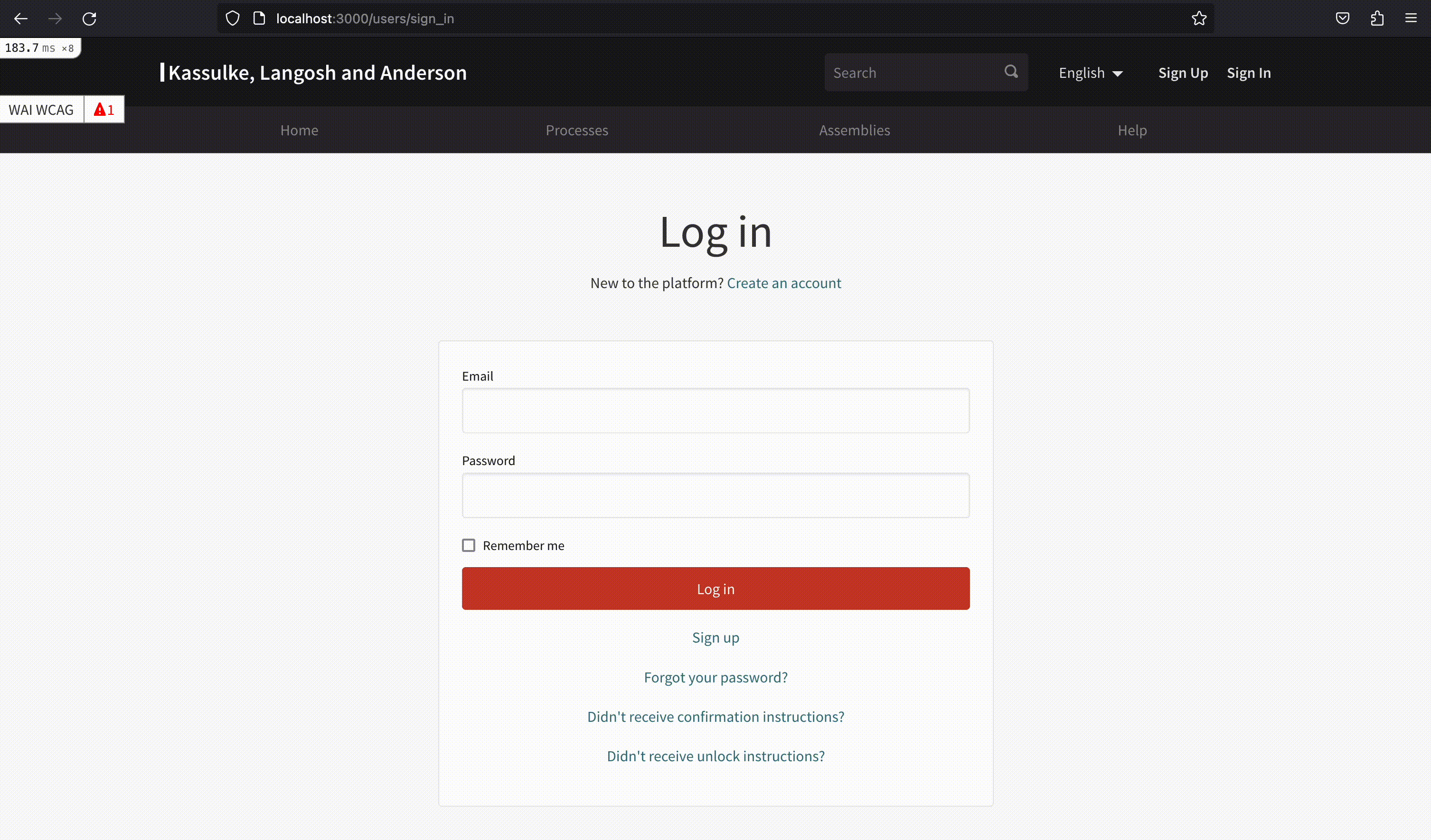Decidim::Keycloak
OmniAuth strategy for Keycloak.
Installation
Add this line to your application's Gemfile:
gem "decidim-keycloak", git: "https://github.com/Platoniq/decidim-module-keycloak", branch: "main"And then execute:
bundleConfiguration
Add to your config/secrets.yml the OAuth keys:
omniauth:
keycloakopenid:
enabled: true
icon_path: media/images/keycloak_logo.svg
client_id: <%= ENV["OMNIAUTH_KEYCLOAK_CLIENT_ID"] %>
client_secret: <%= ENV["OMNIAUTH_KEYCLOAK_CLIENT_SECRET"] %>
site: <%= ENV["OMNIAUTH_KEYCLOAK_SITE"] %>
realm: <%= ENV["OMNIAUTH_KEYCLOAK_REALM"] %>And add these environment variables:
KEYCLOAK_CLIENT_ID=xxxx
KEYCLOAK_CLIENT_SECRET=xxxx
KEYCLOAK_SITE=xxxx
KEYCLOAK_REALM=xxxx
You can use different values by organization. You only need to configure it in /system/organizations/:id/edit
Contributing
See Decidim.
Developing
To start contributing to this project, first:
- Install the basic dependencies (such as Ruby and PostgreSQL)
- Clone this repository
Decidim's main repository also provides a Docker configuration file if you prefer to use Docker instead of installing the dependencies locally on your machine.
You can create the development app by running the following commands after cloning this project:
$ bundle
$ DATABASE_USERNAME=<username> DATABASE_PASSWORD=<password> bundle exec rake development_appNote that the database user has to have rights to create and drop a database in order to create the dummy test app database.
Then to test how the module works in Decidim, start the development server:
$ cd development_app
$ DATABASE_USERNAME=<username> DATABASE_PASSWORD=<password> bundle exec rails sIn case you are using rbenv and have the
rbenv-vars plugin installed for it, you
can add the environment variables to the root directory of the project in a file
named .rbenv-vars. If these are defined for the environment, you can omit
defining these in the commands shown above.
Code Styling
Please follow the code styling defined by the different linters that ensure we are all talking with the same language collaborating on the same project. This project is set to follow the same rules that Decidim itself follows.
Rubocop linter is used for the Ruby language.
You can run the code styling checks by running the following commands from the console:
$ bundle exec rubocop
To ease up following the style guide, you should install the plugin to your favorite editor, such as:
- Atom - linter-rubocop
- Sublime Text - Sublime RuboCop
- Visual Studio Code - Rubocop for Visual Studio Code
Testing
To run the tests run the following in the gem development path:
$ bundle
$ DATABASE_USERNAME=<username> DATABASE_PASSWORD=<password> bundle exec rake test_app
$ DATABASE_USERNAME=<username> DATABASE_PASSWORD=<password> bundle exec rspecNote that the database user has to have rights to create and drop a database in order to create the dummy test app database.
In case you are using rbenv and have the
rbenv-vars plugin installed for it, you
can add these environment variables to the root directory of the project in a
file named .rbenv-vars. In this case, you can omit defining these in the
commands shown above.
License
This engine is distributed under the GNU AFFERO GENERAL PUBLIC LICENSE.

